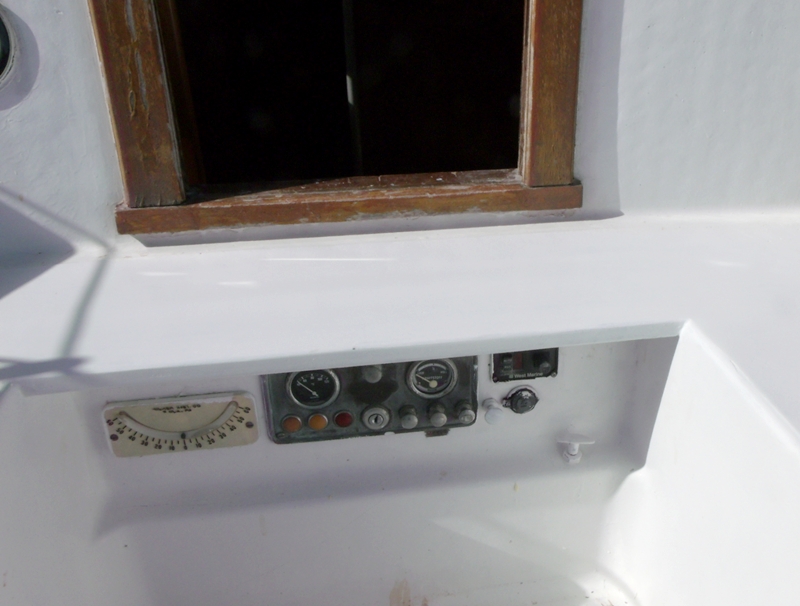No expert, either, but I think the idea is: car to windward in light air, to open the leech and add draft. Centered in moderate. Drop car to leeward in strong wind to blade out the sail and control leech flutter. In gusty conditions, center car and play it down to depower, rather than releasing the sheet. On a beam reach lowering the car acts like a vang, adding power by reducing twist.
Shortening the track would save your chairs but not free the deck entirely. Still has some use as a traveler tho shorter. Lowering it is okay but mount needs to be strong -- c. 400 kg. On our smaller boat we thought about a traveler but just put a U bolt on the cockpit sole and it has been fine.
Edit: Took some measurements today, & it looks like (allowing for end stops & car length) you'd have about 20" of total car movement from seat to seat, = five degrees sheeting angle either side of the centerline. That's better than nothing and would give you some additional twist control from close hauled to a close reach, say 60 degrees true wind angle. Any lower than that, you'd need to rely entirely on the vang to keep your leech tight. Which isn't the end of the world. Vang and topping lift can substitute for many of the functions of a traveler, tho with less convenience to the helmsperson.
The one function that's hard to replace is the ability to change sheeting angle & depower the mainsail in gusts w/out allowing the boom to rise -- which actually deepens draft in the bottom third of the sail, exactly when you least want more draft. If you ease the mainsheet to de-power in puffs, you'll see the first six inches or so of line you let out, the boom does not go
out; it goes
up. Only after the fabric has released most of its tension does the boom shift to leeward and relieve some of the heeling force, and trim to the new (farther aft) apparent wind.
With an adjustable traveler, you can leave the mainsheet cleated off and just change the sheeting angle by lowering the car to leeward. It's a way of divorcing the "leech twist /draft control" function from the "attack angle" function. It's also much less effort and line to pull a 2:1 traveler car than even a 4:1 mainsheet because you aren't having to stretch the sail fabric every time you sheet in. Loads are 10kg instead of 20. But all that presumes you are interested in actively playing the sails ... and usually presupposes your hand on the tiller, since mainsail trim and rudder angle work together. Some days I like to do that. Other days, I'd rather set the boat up for average balance and let the tiller pilot sort it out.

If that's your inclination, the HR recessed traveler w/ pin stops should work fine. One thing to consider is it prevents you from moving the mainsheet out of companionway traffic at anchor, tho you could just clip the whole thing to the toe rail like you do when running. Then just make sure your vang is up to the increased responsibilities you are asking of it. it's going to have to supply most of the twist control & at higher sailing angles than usual.












